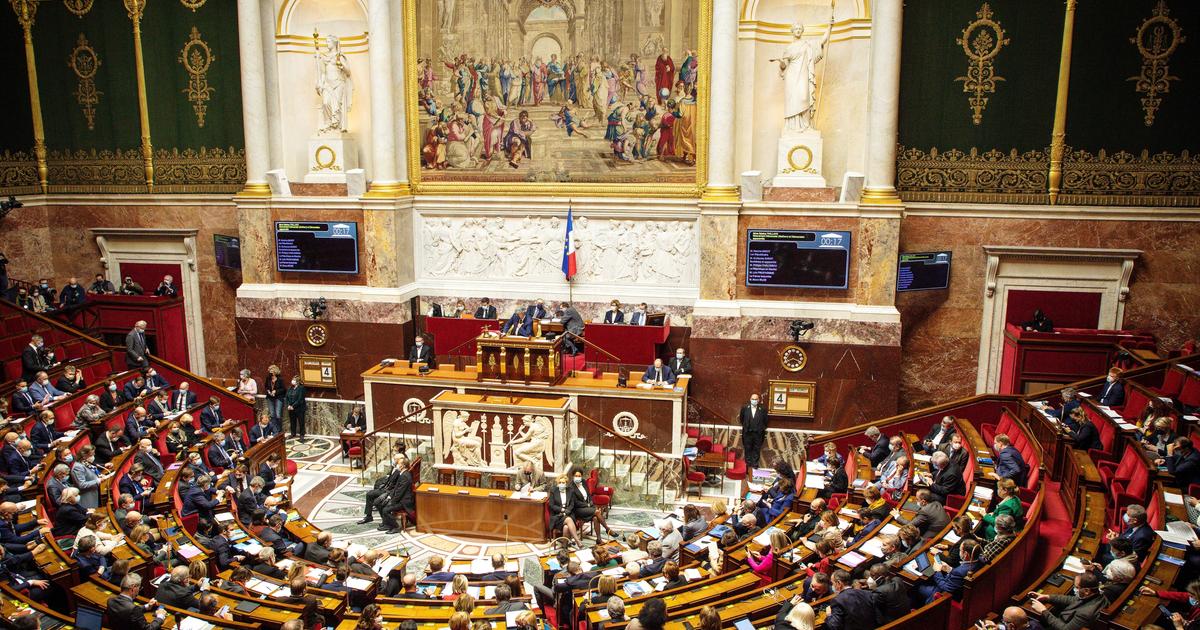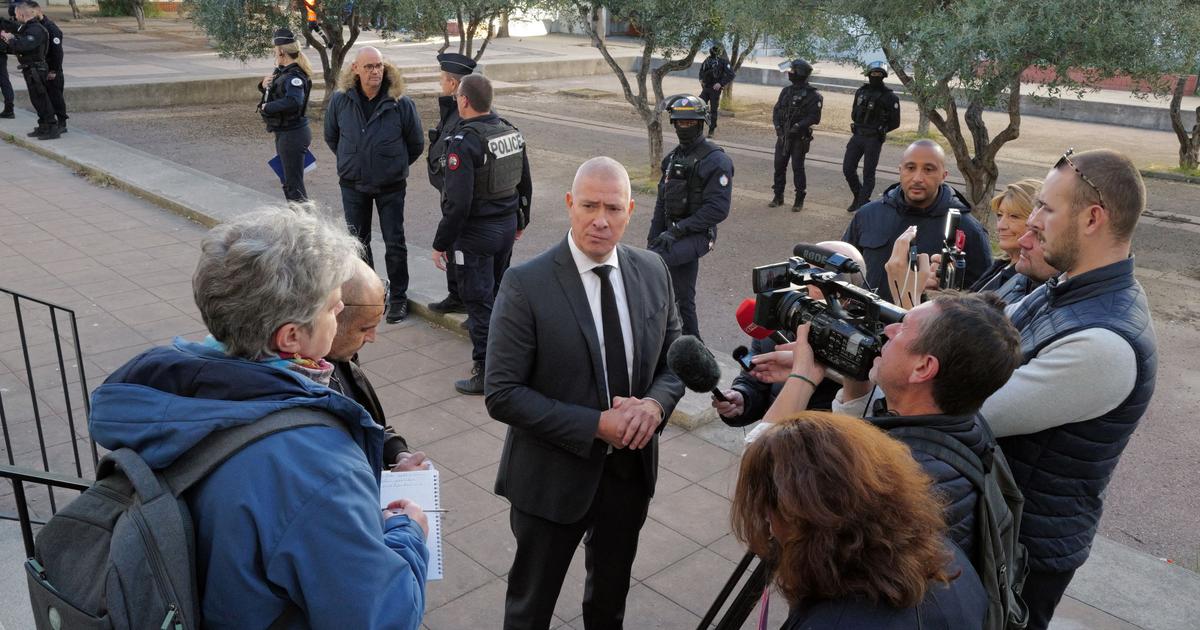Latin American and Caribbean cities are known for being spaces full of contrasts, where extreme poverty rubs shoulders with extreme wealth on a daily basis.
According to data from the Inter-American Development Bank (IDB), close to 184 million –equivalent to 30% of the total population of the region– live in poverty, which implies that inequality is a recurring problem in these territories.
In fact, as confirmed by studies carried out by the Economic Commission for Latin America and the Caribbean (ECLAC), this is the most unequal region on the planet, where a woman from an impoverished neighborhood in Santiago de Chile is born with a life expectancy of 18 years younger than another who lives in an affluent part of the same city.
To understand this phenomenon in depth, different studies have identified a pattern made up of three interrelated dynamics: discrimination, segregation and urban fragmentation.
The first dynamic materializes in the lack of the right to the city on equal terms;
that is, the lack of opportunities, access to services and urban systems, whether due to conditions of age, sex, ethnicity, economic situation or any other.
Simultaneously, there is also symbolic discrimination materialized in daily behaviors and practices.
By way of example, discrimination is a practice that increases the vulnerability of certain groups and intensifies its impact on the physical environment;
the groups of women, children, the elderly, LGBTIQ+, indigenous people, Afro-descendants, migrants and people with disabilities are more likely to experience this dynamic, making it more difficult for them to make use of open urban space or access the labor market and of housing.
In this sense, it is essential to recognize the interrelation between the different forms of urban discrimination.
It is not only necessary to focus on the subjects of discrimination, but also on those who engage in segregation practices
This type of segregation is the second dynamic detected and consists of the identification and association of a social group in a specific area of the city.
The word segregation refers to the distribution of socially similar groups or areas that exclude each other and are excluded from the rest of the population.
In this context, the weight of these groups is usually calibrated taking into account their social, economic, cultural or demographic conditions.
This dynamic generates high imbalances in cities and widens social distances, such as classification by social strata and both social and economic hierarchization.
To abide by this phenomenon it is important to measure and understand the multiple layers that make up a city.
The temporality, the urban context in which they originate and their history must be considered.
In this way, the impact of segregation and its causes can be known.
Sometimes all of these coincide, and at other times a few are expressed, what is certain is that segregation is a consequence of unequal societies.
This dynamic is characterized by the homogenization of parts of the urban space in the social imaginary.
Urban fragmentation is very common in this region and generates severe problems in Latin American cities such as the lack of cohesion in the urban fabric, accessibility problems and a functional disarticulation of urban activities.
But, given these three detected dynamics, how should one act to reduce inequality?
A woman from an impoverished neighborhood in Santiago de Chile is born with a life expectancy 18 years less than another who lives in an affluent area of the same city
Many studies trust the will to change in the most impoverished areas of the region, but it should be noted that inequality is also exercised through the gaze, where only the will to change and participation of a specific sector of society is required .
It is important to understand that it is not only necessary to focus on the subjects of discrimination and segregation on the most vulnerable side of the city, but also to consider and work with those who exercise discriminatory behaviors, attitudes and practices, since these are the ones who hold power Or, at least, they have the tools to exercise it.
Studies carried out by the IDB highlight that urban inequality goes beyond economic and physical aspects, that is, it is also related to cultural and symbolic codes learned and acquired.
For this reason, it is necessary to understand and promote actions aimed at accepting the difference and start working at a social level.
It is not only about implementing public policies, but also starting to work on actions that imply common and collective work.
The competent authorities of many Latin American cities must recognize that many of the existing public policies are becoming mechanisms of residential, social and cultural segregation.
All this aggravates the differences and inequalities.
Latin America is the most urbanized region in the world, where the exodus from the countryside to the city occurred in the last half century in a disorderly manner.
It should be noted that there are also other factors behind the social abyss in Latin America, which deepened during the 1980s. Currently, it is the most urbanized region in the world, where the exodus from the countryside to the city has occurred in the last half century in a disorderly and, in many countries, the role of the State was disastrous in providing solutions and services.
Although it is necessary to free cities from stereotypes, break down mental barriers, promote regulatory changes and recognize diversity and transversality, the political system and project in the region must take a radical turn in order to address all these issues.
And it is that, despite many attempts at inclusion and acceptance, the problem of inequality still permeates.
Perhaps it is a good time to question the situation of the cities in the region towards new directions and reflect on the importance of implementing inclusive policies that favor defragmentation, or at least contribute to implementing actions that lead us towards zero tolerance for discrimination.
You can follow PLANETA FUTURO on
,
and
, and subscribe
here
to our 'newsletter'
.









/cloudfront-eu-central-1.images.arcpublishing.com/prisa/LMJGKBBBMRUMLZ75Z2RTYPWCPQ.jpg)